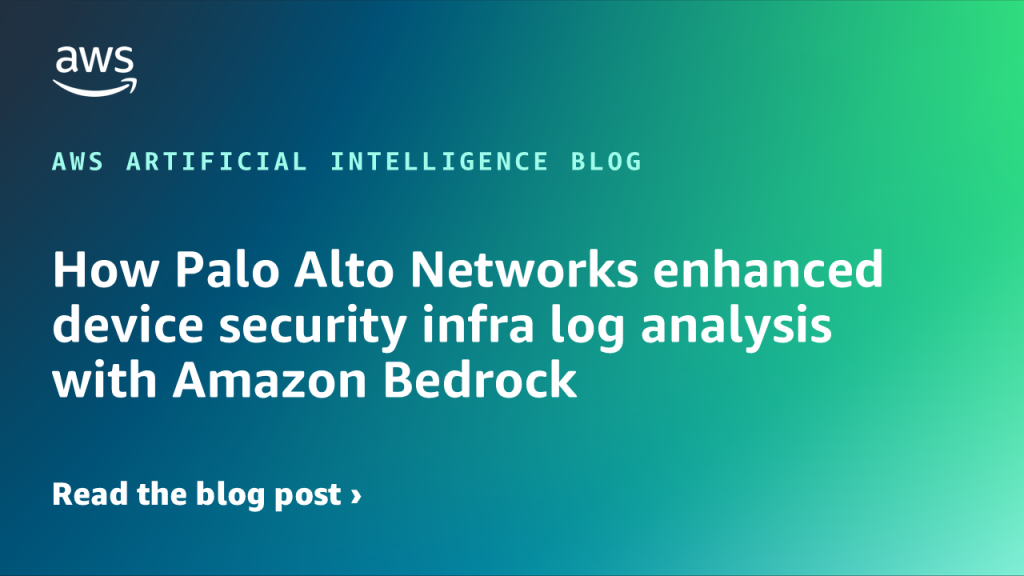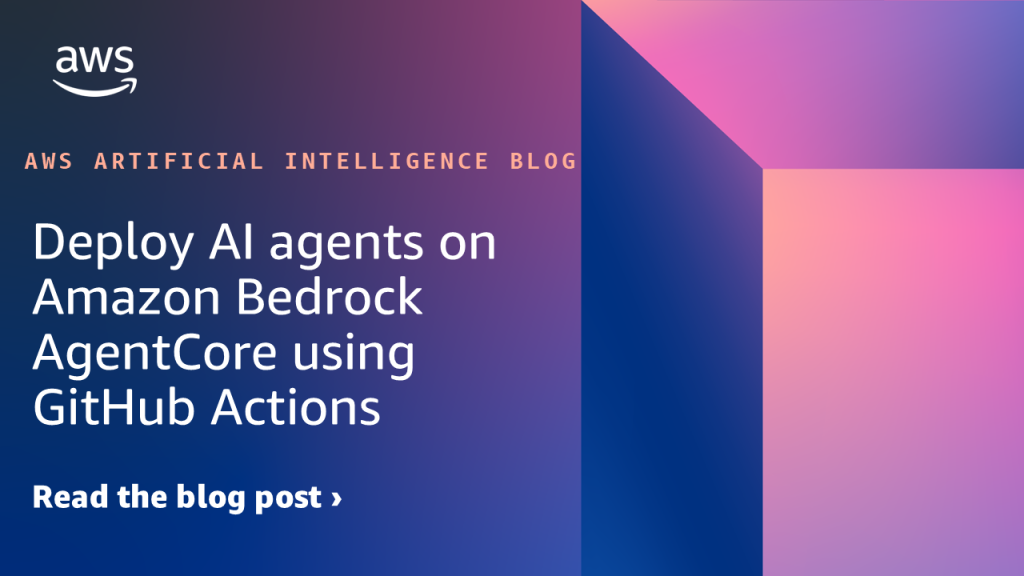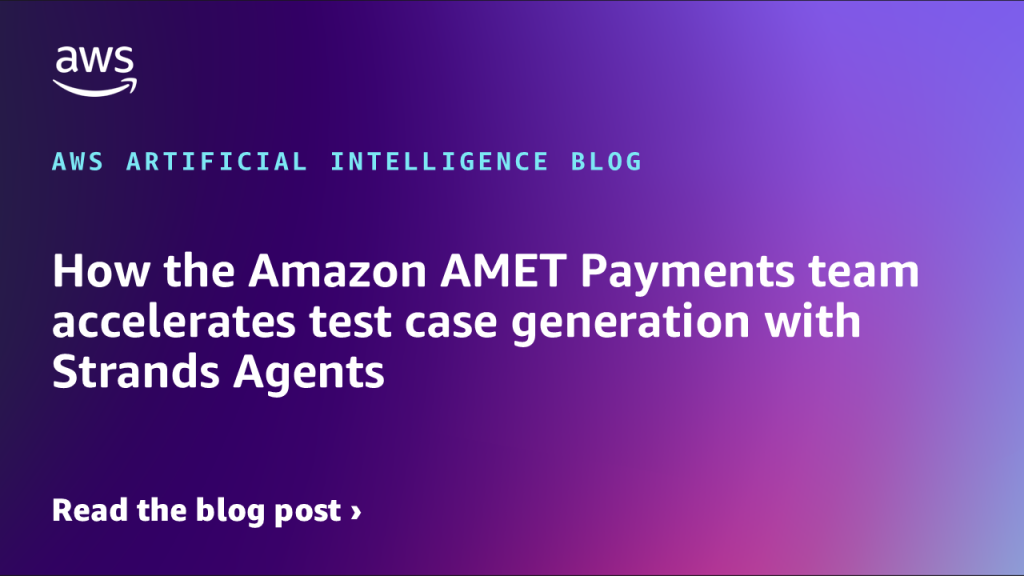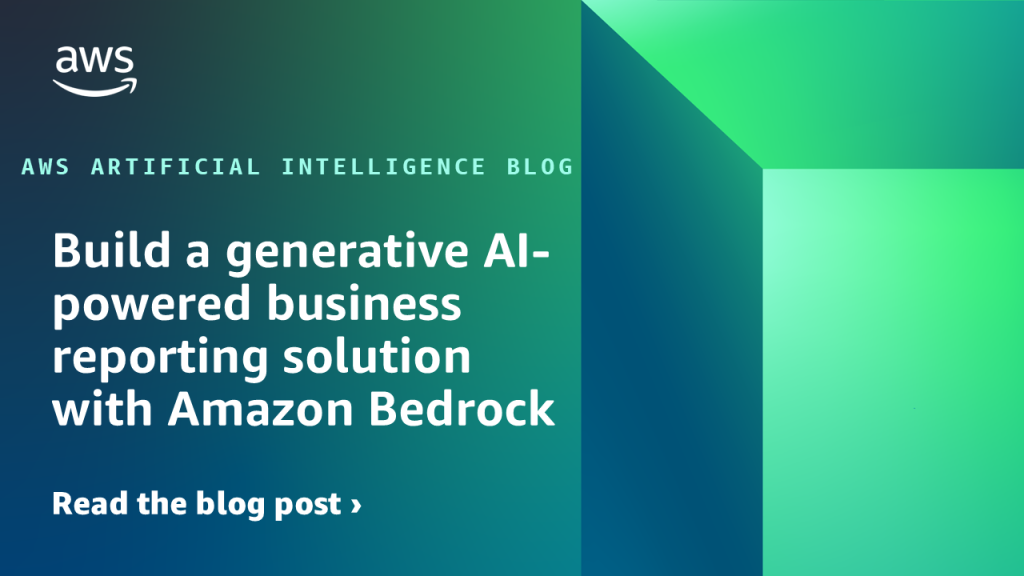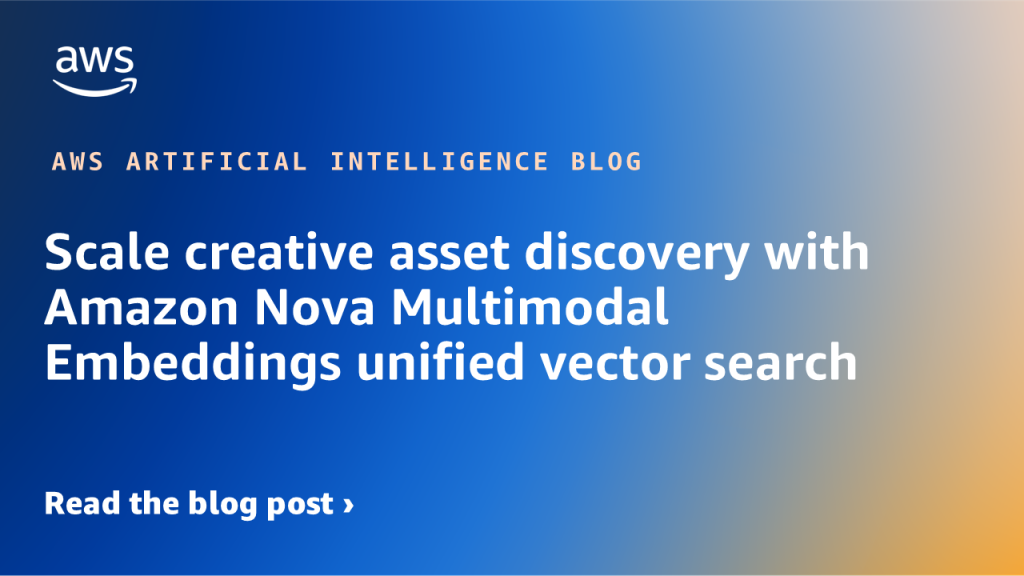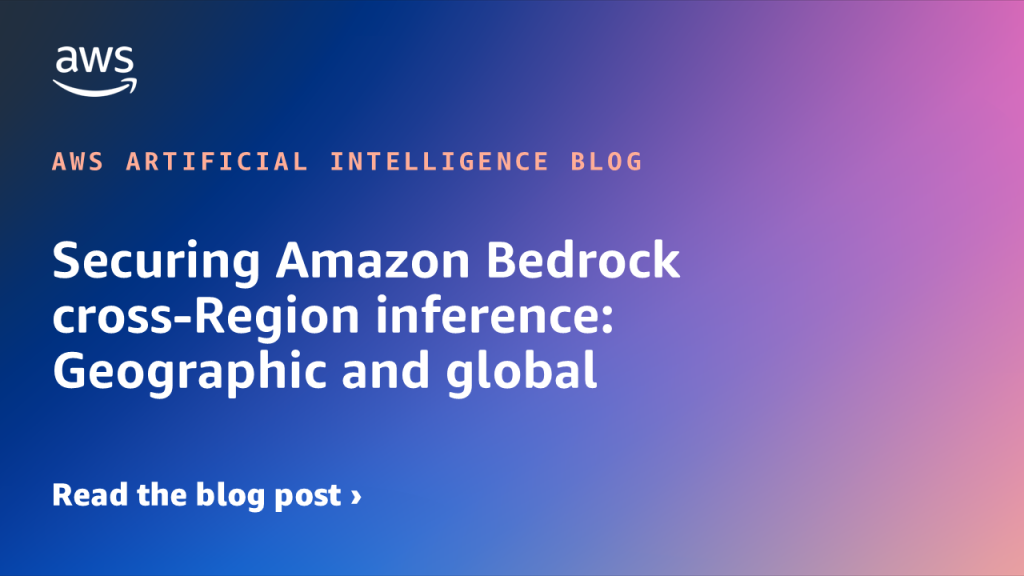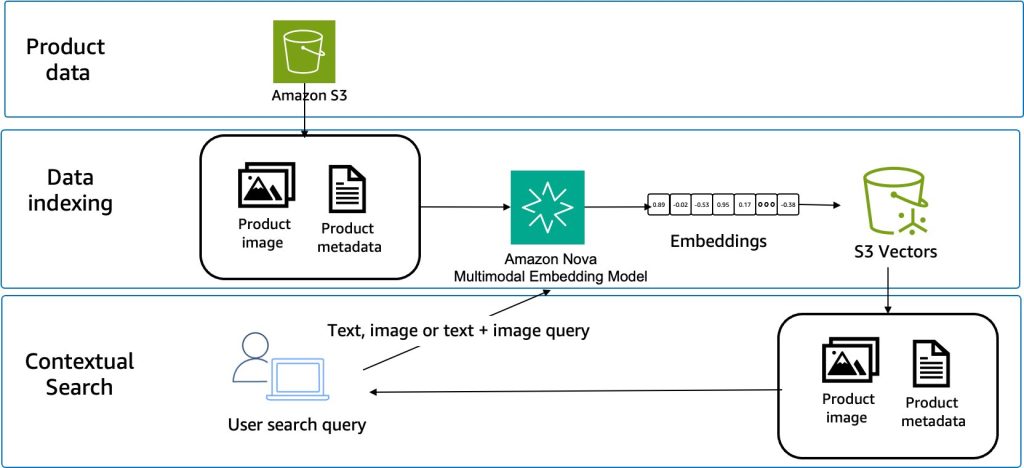Artificial Intelligence
Category: Amazon Bedrock
How Palo Alto Networks enhanced device security infra log analysis with Amazon Bedrock
Palo Alto Networks’ Device Security team wanted to detect early warning signs of potential production issues to provide more time to SMEs to react to these emerging problems. They partnered with the AWS Generative AI Innovation Center (GenAIIC) to develop an automated log classification pipeline powered by Amazon Bedrock. In this post, we discuss how Amazon Bedrock, through Anthropic’ s Claude Haiku model, and Amazon Titan Text Embeddings work together to automatically classify and analyze log data. We explore how this automated pipeline detects critical issues, examine the solution architecture, and share implementation insights that have delivered measurable operational improvements.
From beginner to champion: A student’s journey through the AWS AI League ASEAN finals
The AWS AI League, launched by Amazon Web Services (AWS), expanded its reach to the Association of Southeast Asian Nations (ASEAN) last year, welcoming student participants from Singapore, Indonesia, Malaysia, Thailand, Vietnam, and the Philippines. In this blog post, you’ll hear directly from the AWS AI League champion, Blix D. Foryasen, as he shares his reflection on the challenges, breakthroughs, and key lessons discovered throughout the competition.
Deploy AI agents on Amazon Bedrock AgentCore using GitHub Actions
In this post, we demonstrate how to use a GitHub Actions workflow to automate the deployment of AI agents on AgentCore Runtime. This approach delivers a scalable solution with enterprise-level security controls, providing complete continuous integration and delivery (CI/CD) automation.
How the Amazon AMET Payments team accelerates test case generation with Strands Agents
In this post, we explain how we overcame the limitations of single-agent AI systems through a human-centric approach, implemented structured outputs to significantly reduce hallucinations and built a scalable solution now positioned for expansion across the AMET QA team and later across other QA teams in International Emerging Stores and Payments (IESP) Org.
Build a generative AI-powered business reporting solution with Amazon Bedrock
This post introduces generative AI guided business reporting—with a focus on writing achievements & challenges about your business—providing a smart, practical solution that helps simplify and accelerate internal communication and reporting.
Safeguard generative AI applications with Amazon Bedrock Guardrails
In this post, we demonstrate how you can address these challenges by adding centralized safeguards to a custom multi-provider generative AI gateway using Amazon Bedrock Guardrails.
Scale creative asset discovery with Amazon Nova Multimodal Embeddings unified vector search
In this post, we describe how you can use Amazon Nova Multimodal Embeddings to retrieve specific video segments. We also review a real-world use case in which Nova Multimodal Embeddings achieved a recall success rate of 96.7% and a high-precision recall of 73.3% (returning the target content in the top two results) when tested against a library of 170 gaming creative assets. The model also demonstrates strong cross-language capabilities with minimal performance degradation across multiple languages.
How AutoScout24 built a Bot Factory to standardize AI agent development with Amazon Bedrock
In this post, we explore the architecture that AutoScout24 used to build their standardized AI development framework, enabling rapid deployment of secure and scalable AI agents.
Securing Amazon Bedrock cross-Region inference: Geographic and global
In this post, we explore the security considerations and best practices for implementing Amazon Bedrock cross-Region inference profiles. Whether you’re building a generative AI application or need to meet specific regional compliance requirements, this guide will help you understand the secure architecture of Amazon Bedrock CRIS and how to properly configure your implementation.
Crossmodal search with Amazon Nova Multimodal Embeddings
In this post, we explore how Amazon Nova Multimodal Embeddings addresses the challenges of crossmodal search through a practical ecommerce use case. We examine the technical limitations of traditional approaches and demonstrate how Amazon Nova Multimodal Embeddings enables retrieval across text, images, and other modalities. You learn how to implement a crossmodal search system by generating embeddings, handling queries, and measuring performance. We provide working code examples and share how to add these capabilities to your applications.
